
Rotary before Mazda RX-7: Nissan, Chevrolet, Mercedes-Benz and other brands that had grand plans for Rotary
Content
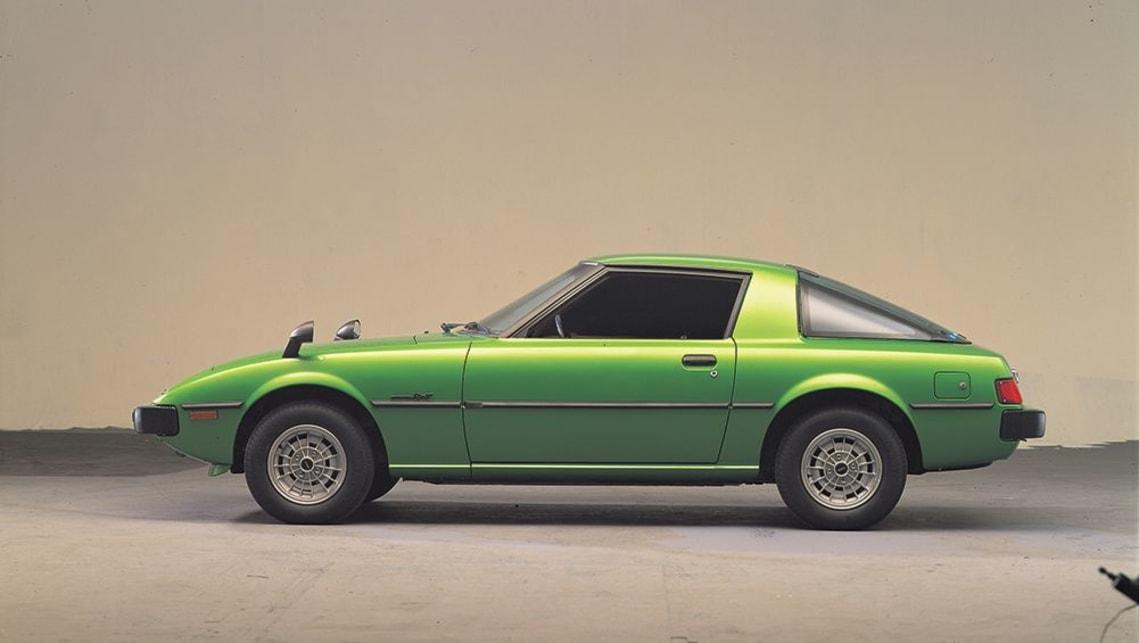
The Mazda RX-7 made the rotary engine popular in 1978.
Now it's history that Mazda's perseverance with the rotary engine has turned it into a fun, reliable unit that will become a favorite of many enthusiastic owners.
Along the way, the concept also proved its ability to win Mazda's 24 Hours of Le Mans in 1991, a feat that no other Japanese manufacturer could replicate for almost three decades.
But like many novels, the Wankel novel has its fair share of tumultuous relationships and a signature trail of heartbreak.
Some you will be familiar with, others not so much...
Most of the vehicles listed here never entered production. And even for those who did, the thirst for fuel and the unreliability of the Wankel power plant were the main factors in their demise.
But they all shared the dream of rotary engines, and they all preceded the machine that finally solved the problems and actually gave rotating wings; original 7 Mazda RX-1978.
Citroen Bureau

Between 1973 and 1975, Citroën did put a rotary-powered model into production.
It was called Birotor and was actually a GS with a two-chamber Wankel engine under the hood.
Several things played against the GS Birotor, starting with the fact that it was expensive to manufacture and therefore came on the market at a price close enough to that of the larger and more luxurious Citroen DS model.
Citroen also latched on to the twitchy, clunky three-speed semi-automatic transmission, and while top speed was normal at around 170 km/h, acceleration averaged to 100 km/h in about 14 seconds.
To make matters worse, the fuel consumption was terrible - some say up to 20 l / 100 km - that in continental Europe was never going to make it.
Even before the Birotor, in 1971, Citroen was already experimenting with rotary engines.
He built a prototype M35 using an Ami 8 body converted to a coupe and powered by the same twin-cam Wankel engine.
It was never put into production, perhaps because it looked like bait with which to catch a real car.
AMC Pacer
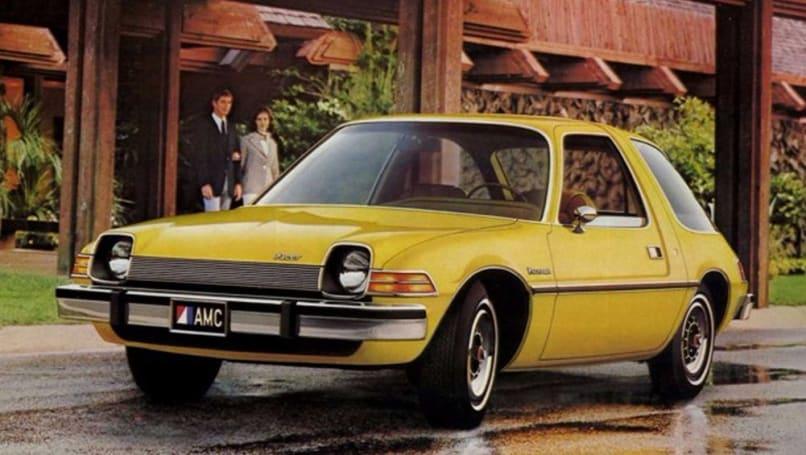
Remember the strange aquarium-like car that Wayne and Garth rode while rocking to Bohemian Rhapsody in Wayne's World?
This car was an AMC Pacer and it was designed from scratch with a new (for the US) hatchback body and rotary powerplant.
Despite its sketchy appearance, the Pacer was designed to tempt big-car-loving Americans into something more compact and efficient.
The Pacer was a full 1.4 meters shorter than the Cadillac, but was 50 mm wider, making it almost square.
The rotary plan failed when it turned out that the engine (which AMC planned to buy from General Motors) was likely to be unreliable and underpowered.
Instead, the stock 1975 Pacer was powered by a huge inline-six engine that was physically too big for the car (and tucked under the windshield as a result, making service access difficult), while the inverted salad bowl looks to have made it to showrooms.
Then a natural choice for Wayne and Garth.
Trio General Motors
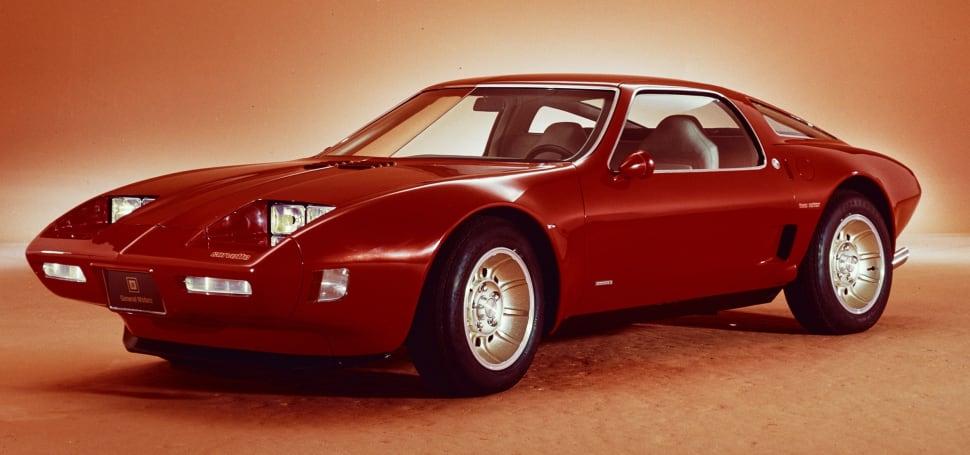
In the 1970s, GM was heavily into rotary engines.
It had a production-ready design and was bold.
While most rotary car engines range from one to 1.3 liters, GM's two-barrel rotary engine was a monstrous 3.3 liters, suggesting it would drive like hell and drink like a supertanker.
In the end, things got too complicated, and tests confirmed appalling fuel economy as well as a nasty tendency to self-destruct. In other words, the usual early rotary material.
And with the demise of the RC2-206 (as the engine was called), gone were hopes for a rotary engine option for the Chevrolet Vega, the 2+2 rotary Monza, and even a planned rotary version of this last bastion of piston engines. power, Corvette.
Mercedes-Benz C111
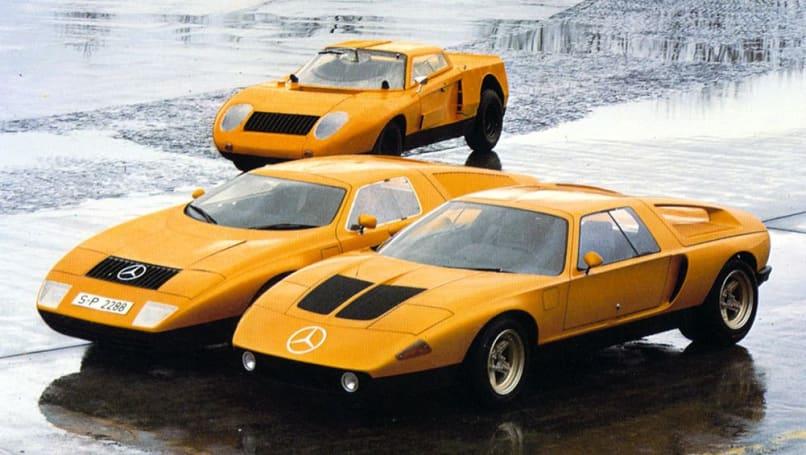
If you really think about it, the Benz C111's gullwing doors made it stand out at the time (1969) as sort of a successor to the legendary 300SL of the 1950s.
However, the later car was primarily a test bed for technologies, including a fiberglass body, turbocharging, multi-link suspension, and of course, a three-chamber rotary engine mounted just behind the seats.
Benz realized early on that compared to the brand's core values, the rotary engine was a technological hideout to nowhere, so only the first-generation C111 prototypes had this arrangement.
Later cars used V8 petrol engines, but even in this diluted form, the car never entered production.
However, the diesel-powered C111 set many new speed records in 1978, including the magical mark of 200 mph.
Datsun Sunny RE

While Mazda is the Japanese brand most closely associated with the Wankel rotary engine, Nissan (then Datsun) had a downturn too.
Datsun began experimenting with the rotary concept in the 60s, and by 1972, a rotary-powered coupe prototype was shown at the Tokyo Motor Show.
Based on the familiar Datsun 1200, the RE used a one-litre, two-barrel rotary engine. The plans included a five-speed manual and a three-speed automatic version.
But like everyone but Mazda, the Datsun was repelled by the reliability and fuel consumption issues of the underlying engine design, and the 1200RE was never put into production.
Considering that it would turn the fun little 1200 into a death trap at 175 mph, maybe that's for the best.
Lada 2101

Not exactly known for their propensity to follow global trends, the Russians, however, have also touched the rotary engine.
Starting with a single rotor design in 1974, the Russians eventually built a twin rotor version that developed over 100 horsepower and continued to be produced well into the 1980s.
Like many Russian things, the VAZ 311 (as the engine was called) was a drunk and needed frequent repairs, but the twin-rotor Lada was about as fast as the four-wheel drive in the Cold War USSR.
Perhaps unsurprisingly, the biggest fan of the rotary Lada was the KGB, and Lada even built special versions of the car just for the secret police to play "surprise guest."
NSU Spider
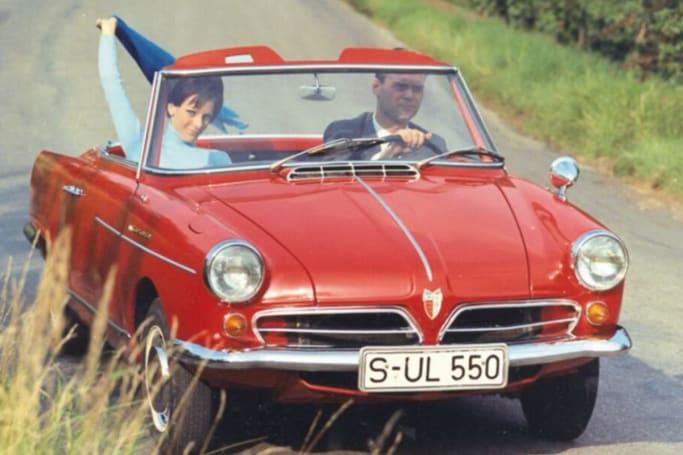
While we all know the NSU Ro80 as the car that killed the marque (or rather, forced it to merge with Audi) due to the problematic Wankel engine and subsequent warranty claims, the Ro80 was not actually NSU's first production car, there is such an engine.
That honor goes to the 1964 NSU Spider, which was based on the convertible NSU Prinz first introduced in 1959.
Single chamber rotary engine with only 498 cc cm, but was powerful enough to make a funny and somewhat sports car out of the little Spider.
The rear-engined layout was borrowed from the Prinz and, like this car, the rather brash styling was the work of Bertone.
NSU built less than 2400 Spiders, but if it had been built in Ro80 volumes (over 37,000 units in a decade of production), it would have probably bankrupted the company itself, so endemic were rotary engine problems at the time.

